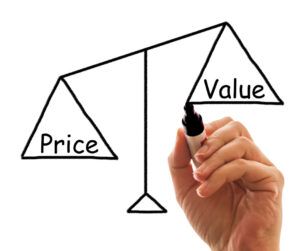If you’re in the process of buying a home or considering doing so, you’ve probably come across the term “loan to value” or LTV. But what exactly does it mean and how does it impact your mortgage? Put simply, the loan to value ratio is the amount you’re borrowing in relation to the appraised value of the property you’re purchasing.

For example, if you’re buying a home that’s appraised at $200,000 and you’re putting down a 20% down payment of $40,000, you’ll need a mortgage for the remaining $160,000. In this case, your loan to value ratio would be 80% ($160,000 divided by $200,000).

In general, lenders prefer borrowers to have a lower loan to value ratio, ideally below 80%. If your LTV is higher than that, you may be required to pay for private mortgage insurance (PMI) to protect the lender’s investment.
Why is this important? Lenders use the loan to value ratio to assess the risk associated with your mortgage. The higher the LTV, the riskier the loan is for the lender. That’s because if you default on your loan and the lender needs to foreclose on your property, they may not be able to recoup the full amount of the loan if the property’s value has decreased.
Understanding loan to value is an important part of the mortgage process. By knowing your LTV ratio, you can get a better sense of the type of loan you may be eligible for and what your monthly mortgage payments might look like.

